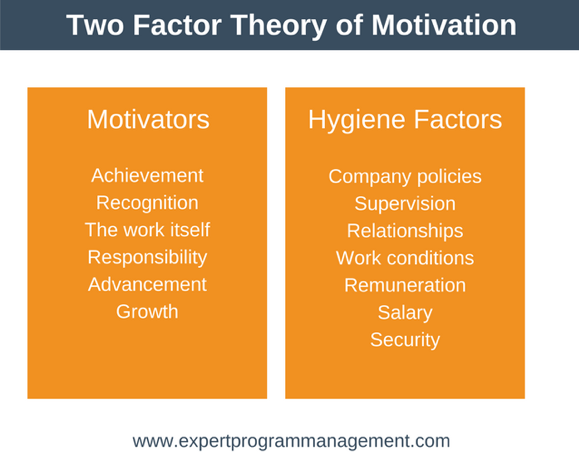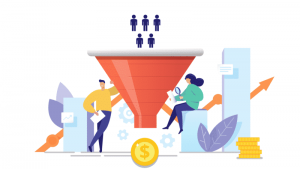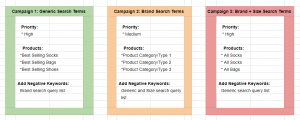Well, after three months of conversations, a drug test, two reference calls, and four interviews, Evan finally got the call … they’re offering him the job!
Now for the exciting part: negotiations. Can he get them to add an extra week of PTO? Better yet, is it possible to allow for a two-week sabbatical before he starts? Most importantly, how much are they going to pay him? After all, he does have three kids in preschool, a mortgage, two car payments, and an unhealthy addiction to golf (the most expensive sport known to man). Luckily, Evan has leverage. In this day and age, it’s frowned upon to ask what he currently makes so he can get a little loose with his ask. Maybe he can get a $ 20,000 raise by moving over to the new gig. That will help fund the family vacation this summer. Who knows? Maybe it can be Disney World instead of Branson, Missouri this go around!
Compensation as a motivator
This negotiation process happens all over the world on a daily basis. Companies spend thousands of hours crunching numbers, running reports, assessing cost of living, and determining what salaries are required to win the necessary talent they need for the future. This strategy works to get people in the door, but does it make them stay? Does it make them more productive? Does compensation align your employees to your company’s mission and values? Does it actually motivate them? Herzberg’s Two-Factor theory of motivation finds that salary is not a motivator. In fact, he found that factors such as status, salary, PTO, and paid insurance don’t increase satisfaction or lead to higher motivation; whereas employees are actually dissatisfied when these factors are absent. Actual motivators that drive performance include recognition, advancement, meaningful work, etc. Herzberg’s Two-Factor diagram breaks these motivators below:

In reality, a new salary simply sets a baseline. Even a fairly substantial increase in income eventually finds a spot on the family balance sheet. Maybe Evan needs to upgrade from a sedan to an SUV due to his growing family or his wife can finally go back to night school and get the MBA she’s always desired to complete. In short order, this financial windfall simply becomes their new normal. Beyond that, what happens when Evan grows tired of this job? This can happen faster than you think. Harvard Business Review found that nearly 33 percent of new hires begin looking for a new job within 6 months. For millennials, this happens even faster and to a higher percentage of new hires.
How do we make employees stay?
Well, tying them to the desk won’t help. Neither will perks such as dry-cleaning pickup, fully stocked kitchens, modern workstations, or free car washes. According to Chuck Edward, Microsoft’s head of global talent acquisition, “culture is the new currency” required to attract and retain talent. To experience consistent motivation, drive engagement, and generate discretionary effort, employees need to feel appreciated and aligned with their company’s culture and vision. They need to feel that their contributions are recognized and meaningful. To do this, you have to create a culture of recognition. After all, companies with recognition programs that are highly effective at improving employee engagement have 31 percent lower voluntary turnover. The power of employee recognition is evident in organizations that prioritize it. Recognition has been proven to impact key business metrics such as employee engagement, cultural alignment, customer satisfaction, innovation, wellness, and productivity. However, arguably the biggest benefit of recognition is the impact it has on retention. In fact, just 18 months after partnering with Achievers, Kellogg’s North America saw a double digit reduction in voluntary turnover. Check out the Kellogg’s + Achievers: Employee Engagement Partners video below:
Using recognition to align your culture
Recognition is a powerful tool but must be used in the right way to truly create impact. To successfully use recognition to ignite your culture you must:
1. Recognize behaviors that exemplify core values and be specific
Tie each recognition moment to a specific core value to reaffirm to the recipient that their actions are making a difference and are well aligned to the most fundamental beliefs of the company. Be specific about what behavior you are recognizing to continue to solidify why it means so much to your company.
2. Recognize frequently
Find a variety of moments worthy of recognition and send them. What gets recognized gets repeated so the more frequently you recognize your workforce for beneficial behaviors, the more likely they are to repeat that behavior.
3. Recognize in the moment
Relevancy is key to impactful recognition. Too many recognition strategies layer in approval processes which create delays and prevent the message from being shared in the moment. Recognitions should be easy to send, received in real-time, and transparent within the organization so others can see the contributions their peers are making and how these moments align to the company’s values and culture.
In summary, compensation will help you open the door for new talent but won’t close it behind them when they enter. Your employees will only stay when they want to – when they feel a connection, when they feel appreciated, and when they feel aligned to their company’s culture and values. Recognition is the secret to retention but don’t keep it secret any longer within your organization.
To learn more about the power of recognition, access our webinar recording: “Recognition that Works: Driving Engagement and Boosting ROI.”
Do you have any thoughts on this article? Share your comments below.
This article is co-authored by Wayne Wiley and Clinton Bean.
Business & Finance Articles on Business 2 Community
(51)







